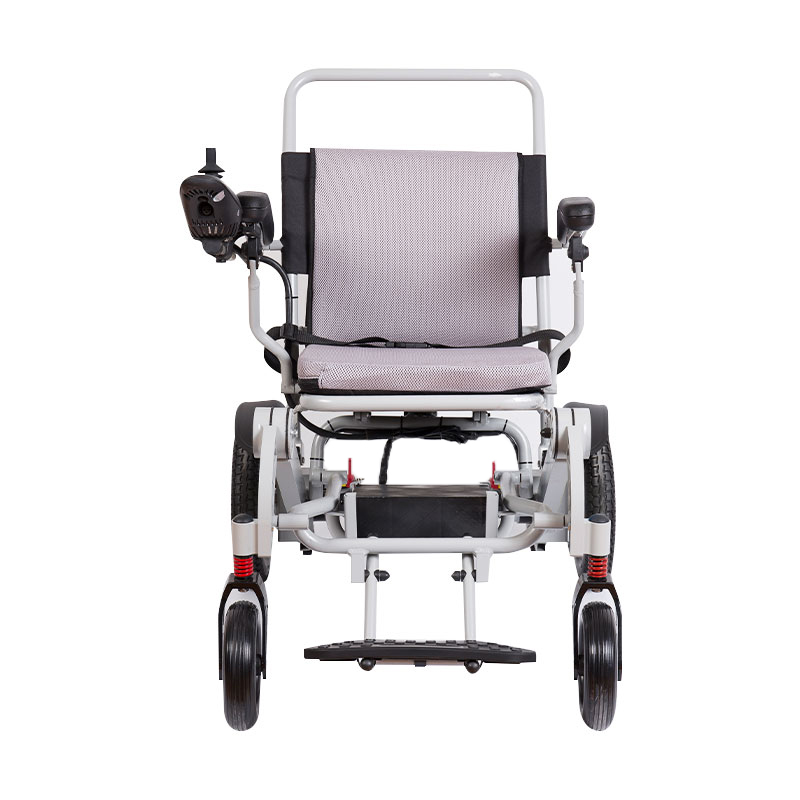What type of controls does the aluminum alloy electric wheelchair have?
Aluminum alloy electric wheelchairs typically offer various types of controls designed to accommodate different user needs and preferences. Here are some common types of controls you might find:
Joystick Control:
A joystick is the most common type of control for electric wheelchairs. It allows users to maneuver the wheelchair by moving the joystick in different directions (forward, backward, left, right). Joysticks may have different sensitivity settings to accommodate varying levels of control.
Touchpad Control:
Some electric wheelchairs feature touchpad controls, where users can navigate and operate the wheelchair by touching designated areas on a touch-sensitive pad. This can be beneficial for users who prefer touch-based interfaces or have limited hand dexterity.
Sip-and-Puff Control:
Sip-and-puff controls use air pressure from sipping or puffing into a straw-like device to activate specific movements of the wheelchair. This type of control is often used by individuals with limited hand or arm mobility.
Switch Control:
Switches are buttons or switches placed within easy reach of the user, typically on the wheelchair's armrest or control panel. Users press these switches to initiate movements such as forward, backward, turning, or stopping.

Head Array Control:
A head array control system allows users to steer the wheelchair using head movements. Sensors mounted near the head detect movements and translate them into wheelchair commands, providing an alternative control method for users with limited hand function.
Remote Control:
Some electric wheelchairs come with a remote control device that allows caregivers or assistants to operate the wheelchair from a distance. This can be useful for providing assistance or maneuvering the wheelchair in tight spaces.
The type of control system available can significantly impact the usability and accessibility of the wheelchair for different users. Manufacturers often offer customization options to adapt controls based on individual needs and preferences, ensuring that the wheelchair can be tailored to provide the best possible mobility solution.


 English
English Deutsch
Deutsch







-3.jpg?imageView2/2/format/jp2)
.jpg?imageView2/2/format/jp2)






